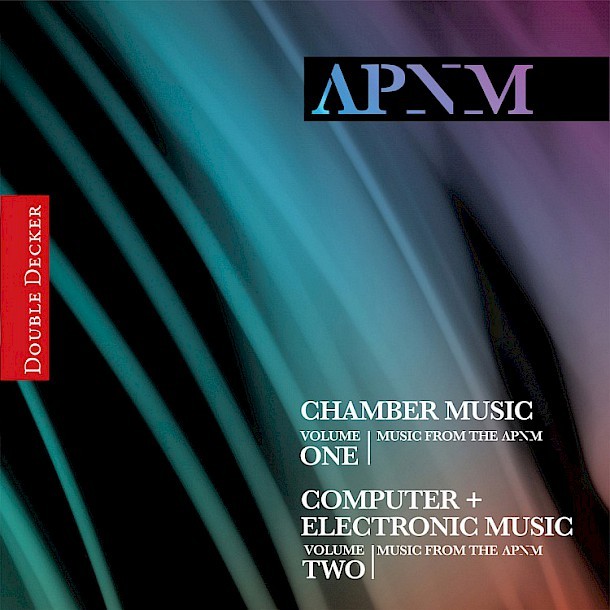About
Laurie San Martin, a faculty member University of California at Davis teaches music theory and composition and co-directs the Empy-rean Ensemble. She studied composition, clarinet, and conducting at UC Davis and UC Berkeley and holds a Doctorate in compositionfrom Brandeis University. Her music has been performed in the US and Europe by various ensembles including Speculum Musicae, eighth blackbird, Auros, EARPLAY and the San Francisco Contemporary Players. San Martin’s awards and prizes include a Charles IvesScholarship from the American Academy of Arts and Letters. She recently collaborated on a multimedia score for piano, dancer, and video artist entitled Bodies in Motion, premiered at the UC Davis Mondavi Center.
Linea Negra is a short, five minute work for solo marimba written for Chris Froh, who gave the premiere in October 2004 at the Amer-ican Academy in Rome. In the fast, energetic outer sections, a moto perpetuo, in which a single note is repeated, alternates with dra-matic runs and leaps. Eventually the virtuosic leaps and runs take over. When the fast, dramatic music is set aside, slow repeated octaves from the opening measures return, giving the impression of putting on the brakes. The long lyrical lines in the slow middle section are supported by tremolos, which give it a spacious quality. The ferocious energy of the first section returns with the faster music.
Octurnal, for flute, clarinet, violin, cello, piano and percussion, is in two connected movements. The first movement is a slow and lyrical arch-form and features the flute; it begins softly, with all the instruments on the same pitch, gradually building tension inanticipation of the more active music. The second movement is explosive, more developed, returning ultimately to the opening unisons that bring the piece to a close.


